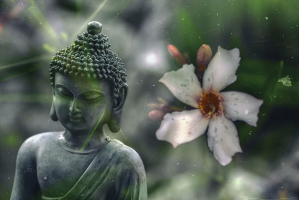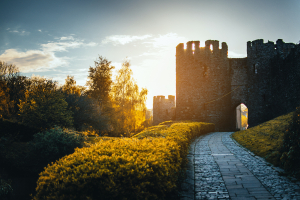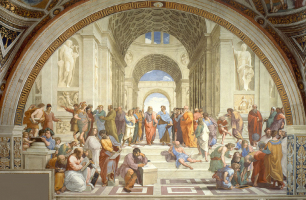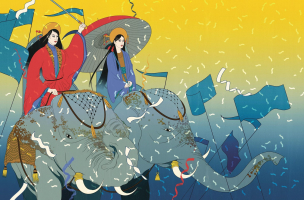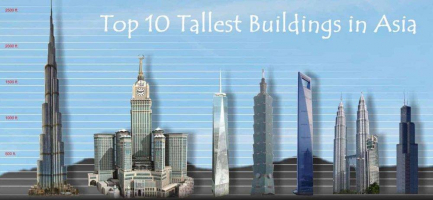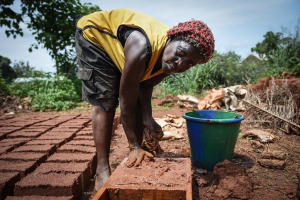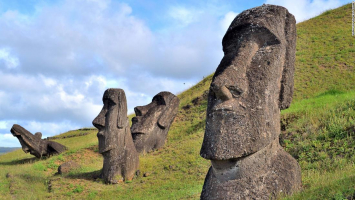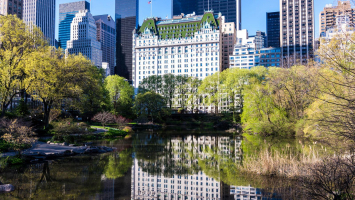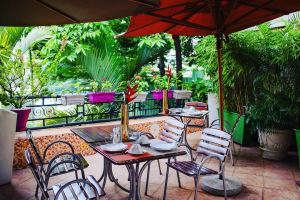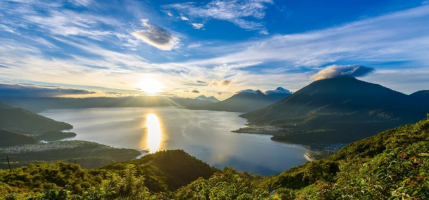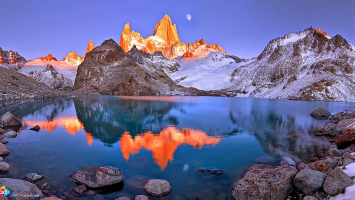Top 5 Misconceptions About Central Asia
Located in the heart of the Eurasian continent, Central Asia is not only a strategic economic and military location but also a charming tourist paradise. It ... read more...consists of five countries which are Kazakhstan, Kyrgyzstan, Tajikistan, Turkmenistan, and Uzbekistan. There are many discussions fueled with misunderstandings and misconceptions about Central Asia regarding its safety or culture. We’ve compiled a list of the most popular misconceptions about this region and shed light on the reality of such views.
-
As a region of much interference from Russia and China, as well as with many different religions, Central Asia often has an unstable situation and undergoes changes. Therefore, it is not surprising that many people fear danger and even war when traveling to Central Asia. In general, some parts of the region are pretty safe and ideal for travel in addition to those that are dangerous and risky to visit at particular times, so pay attention to updates and suggestions.
Kazakhstan and Uzbekistan are the safest places in Central Asia to visit. The violent crime rate toward tourists is low in those countries and they have political stability and an absence of terrorism. Besides, traveling in Turkmenistan is also safe. In contrast to popular tourist sites, there are fewer travel scammers there. Pickpocketing, mugging, and other types of theft are extremely uncommon, and violent crime is rare. But, you should always be wary of any strangers who seem unusually nice. In 2022, there is a conflict between the border of Kyrgyzstan and Tajikistan. The disputes are resulting in numerous issues regarding the usage of natural resources like pastures for grazing animals and water for irrigation. So, there may be some risks if you visit these 2 countries, at least for the time being.
Travelers seeking a secure location to experience some great sights can consider visiting safe countries in Central Asia. In order to have a safe trip, visitors should check the news about the region's situation before traveling.
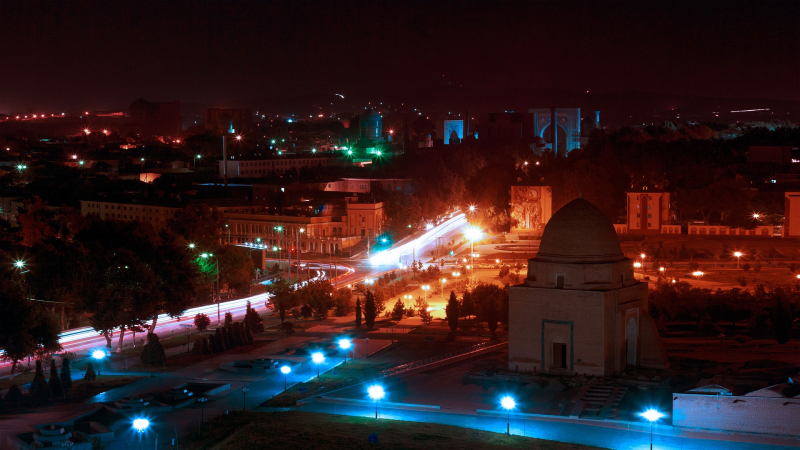
Photo by Khusen Rustamov on Pixabay Video by Dear Alyne -
People often assume Central Asia as an area full of dullness and appalling but in fact, each country there has its own unique tourist destination. It has the most picturesque locations that leave people fascinated and craving more.
In Kazakhstan, many tourists are captivated by the natural beauty of the vast tulip fields, apple orchards stretching on the green steppe, or the emerald-green lakes reflecting the vast sky. The road to Lake Issyk is one of the most beautiful autumn roads in Kazakhstan. About 70km from Almaty, Lake Issyk can be easily reached in half a day. The lake's water is as green as jade, which is melted ice from Tien Shan Mountains.
Kyrgyzstan is a land of mountains and sometimes is called “Central Asian Switzerland” due to its magnificent natural beauty. Highlights of this country include Son Kol, an alpine lake at an elevation of 3016 meters, and the breathtakingly gorgeous lakes hidden between the mountains.
Tajikistan, which is a landlocked country located along the ancient Silk Road, is renowned for its majestic mountains, lovely villages, and mineral-rich hot springs. This mountainous region's features include breathtaking glaciers and lakes in the east.
In conclusion, although there are steppe, semi-desert and desert ecosystems in Central Asia, the area featured diverse natural beauty that is worth experiencing in person.
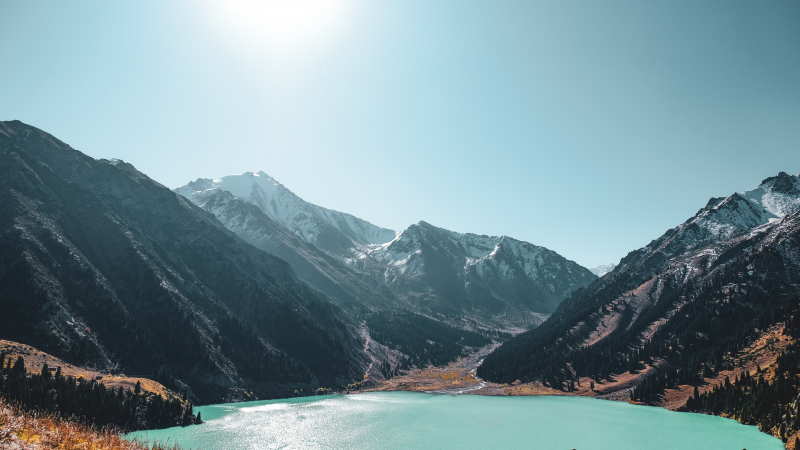
Photo by Dmitry Sumskoy on Unsplash 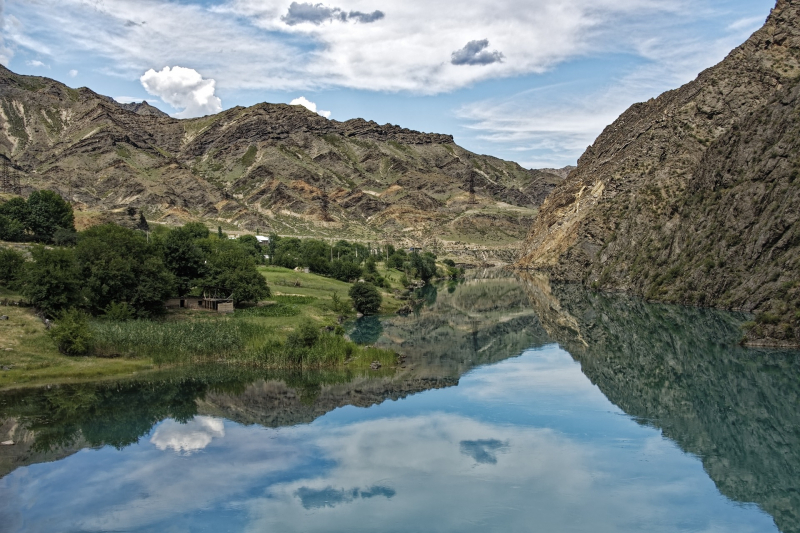
Photo by Makalu on Pixabay -
Central Asia's economy is not mainly dependent on tourism, so it is possible that the lack of strong communication through media makes many people think that this land does not have many world cultural heritages. However, that is not true.
Kazakhstan has 3 UNESCO World Heritage Sites, including 1 natural site and 2 cultural ones. They are the Saryarka steppe – home to many rare species of birds and animals; Tamgaly – a population of more than 5000 cave paintings of prehistoric people and the Mausoleum of Khoja Akhmet Yassawi. Meanwhile, Uzbekistan is home to 4 cultural heritage sites inscribed by UNESCO. Up to now, there are the Itchan Kala Museum (1990), the Historic Centre of Bukhara (1993), the Samarkand - Crossroads of Cultures (2001), the Historic Centre of Shakhrisyabz (2000) that make up the list. Sulaiman - Too Sacred Mountain in Kyrgyzstan is inscribed as a cultural site of UNESCO heritage in 2009. It is an Islamic and pre-Islamic sacred mountain that has been worshipped over several millennia. Other cultural sites that are now protected by UNESCO are the Historical and Cultural Park “Ancient Merv”, Kunya-Urgench (Turkmenistan) and the Proto-urban site of Sarazm (Tajikistan). Being the routes network of the Chang'an - Tian Shan corridor, the Silk Road that crosses several parts of Central Asia is also a World Heritage Site.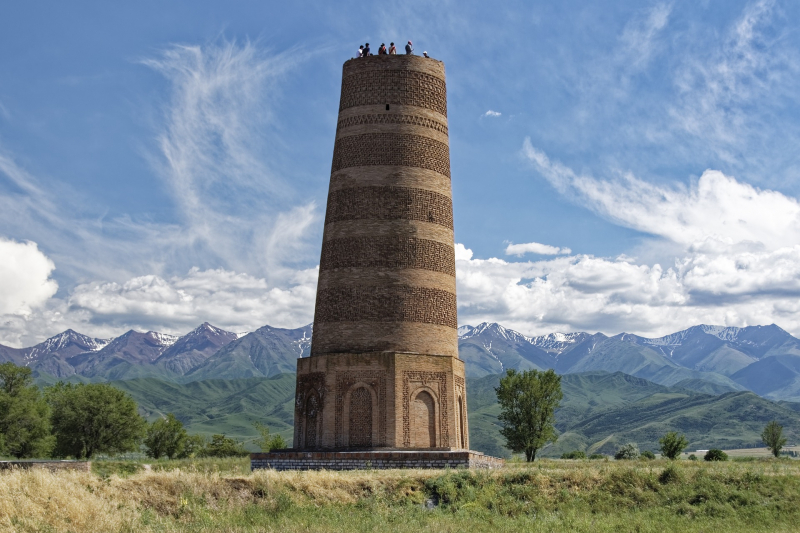
Photo by Makalu on Pixabay 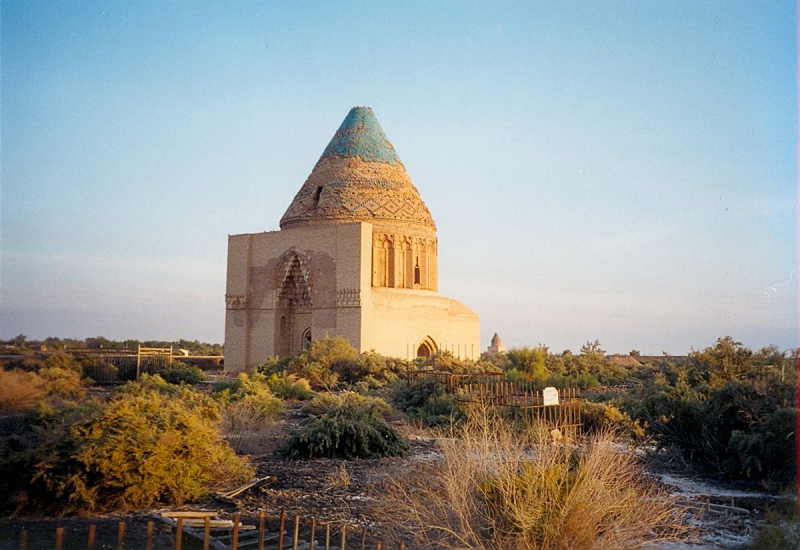
Photo by Doron on Wikimedia Commons (https://commons.wikimedia.org/wiki/File:KonyeUrgenchMausoleum.jpg) -
Islam is the dominant religion in Central Asia with 90% of the population in Turkmenistan, Tajikistan, and Uzbekistan being Muslim, with Kyrgyzstan and Kazakhstan not far behind. However, there are other religions in Central Asia, namely Buddhism, Christianity, Bukharan Jews, Zoroastrianism, Tengrism and Nestorianism.
Buddhism spread to Central Asia from the northwest of the Indian subcontinent and thrived there until the eleventh century, especially with the support of the Uighur Turks.
Speaking about Christianity, it is still a minority religion in the Central Asia region today because of the advent of Islam in the ninth century. There are two groups of Christianity: Western and Eastern. Nestorian Christianity is also present in Central Asia and it has a small difference in religious belief to Christianity. Since every one of the countries in Central Asia currently has a small population in comparison to Islam, Christian churches there have barely survived.
It is believed that Jews who were driven out of Israel by the Babylonians in 586 B.C. were the first Jews to settle in Central Asia. Just about 100–200 Jews exist in Uzbekistan and Tajikistan now, and the rest are either "Bukharan" or live elsewhere in Central Asia.
The religion of Zoroastrianism was founded in the sixth century B.C., and it was brought to Central Asia in the second century A.D. The conflict between good and evil, light and darkness, and human responsibility are the main religious belief.
Tengrism is now mostly combined with Islam as their legends are partly associated with Islam. Today, the presence of this religion may be found in Kazakhstan.
Video by Data EYE 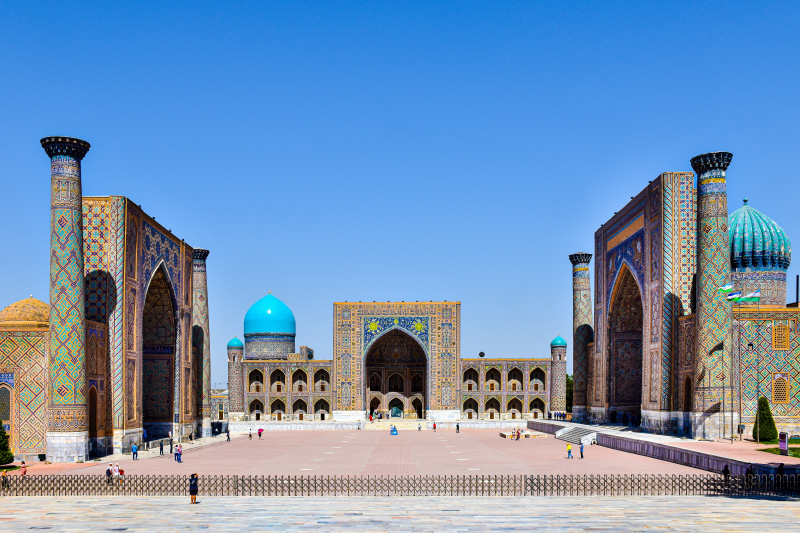
Photo by AXP on Unsplash -
A large part of Central Asia is desert and semi-desert, which makes people think that it’s hard to travel around. But contrary to what people think, there are many ways of transportation available for tourists to move around.
Firstly, visitors may try traveling by marshrutka (minibus). Marshrutka is the most practical and cost-effective type of transportation, which is very common in former Soviet countries. Getting around by train also is a good choice. In Kazakhstan and Uzbekistan, trains serve as an alternative to marshrutkas. In Uzbekistan, trains are air-conditioned and modern, and they are faster than cars. In the Stan countries, bus and train stations are frequently more than three kilometers from the city center; if you have big bags, your only alternative is to take a taxi. Additionally, unless you wish to hike or take a horseback ride in, you can only get to more remote locations like the well-known Song Kul (Song Lake) via shared taxi. Get a group together to split the cost since many visitors are traveling the same path as you in Kyrgyzstan. Shared taxis are advised in Uzbekistan rather than marshrutkas. Locals frequently hire shared taxis because they operate much more frequently than marshrutkas.
Depending on the country you are traveling to, there are several types of transportation for you to consider and it's not that tough to travel around Central Asia.
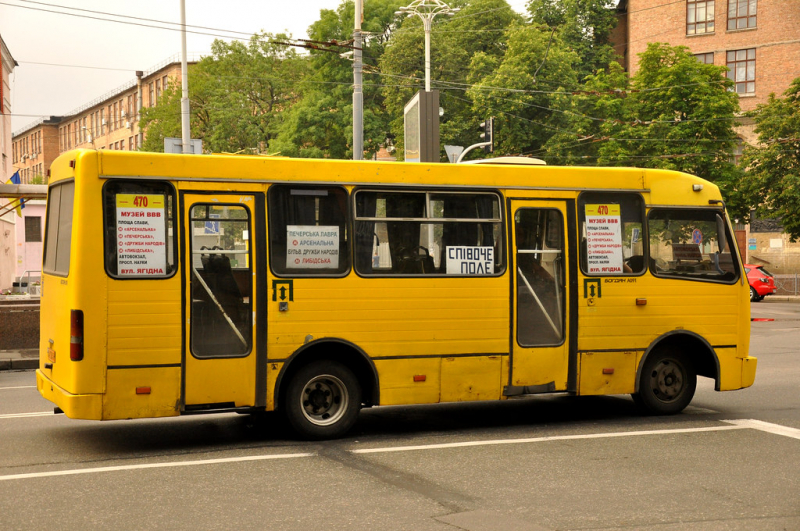
Photo by Jennifer Boyer on Flickr (https://www.flickr.com/photos/jenniferboyer/5972323514) 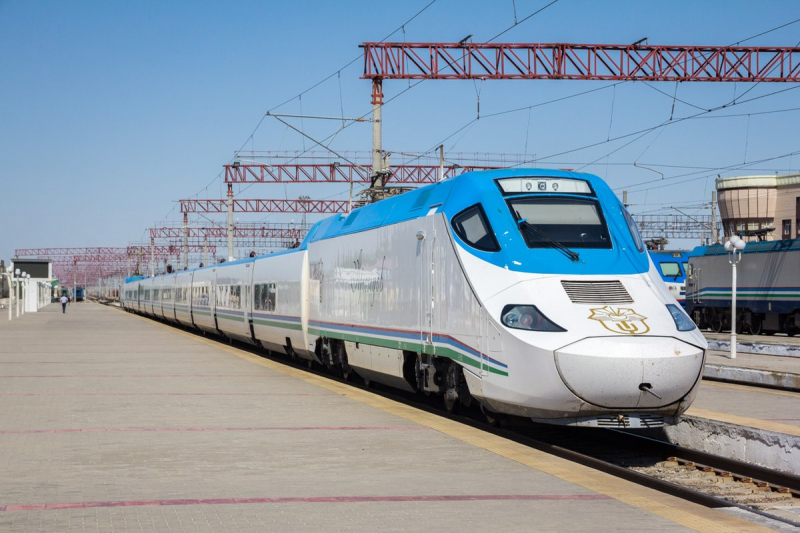
Photo by Koshekans on Wikimedia Commons (https://commons.wikimedia.org/wiki/File:Talgo_250_Afrosiyob_05-06,_Bukhara_station.jpg)









